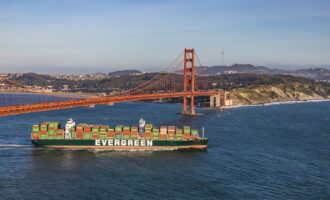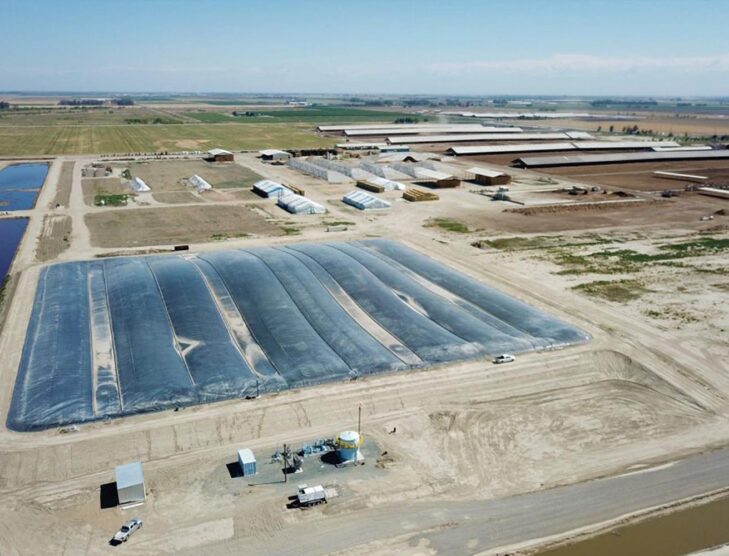
Feedstock flexibility is key in bio-methanol production
Interest in methanol is growing due to its suitability both as a low-carbon fuel and a chemical. The physical properties are similar to conventional fuels, such as being liquid at ambient temperature, which ensures ease of handling and utilisation. Methanol could play an important role in the decarbonisation of transport.
Production of methanol has almost doubled over the past decade and the use of the fuel is expected to continue to rise with legislation creating favourable conditions. In Europe, for instance, e-methanol meets the criteria of a Renewable Fuel of Non-Biological Origin (RFNBO). The European Commission’s “Fit for 55” package, designed to reduce the European Union’s (EU) greenhouse gas (GHG) emissions by 55% by 2030, requires 2.6% of all energy in transportation to consist of RFNBOs by 2030. The ReFuel EU aviation regulation requires 0.7% of the volume of all jet fuels to consist of RFNBOs. Significant demand for RFNBOs is guaranteed, with e-methanol a viable option.
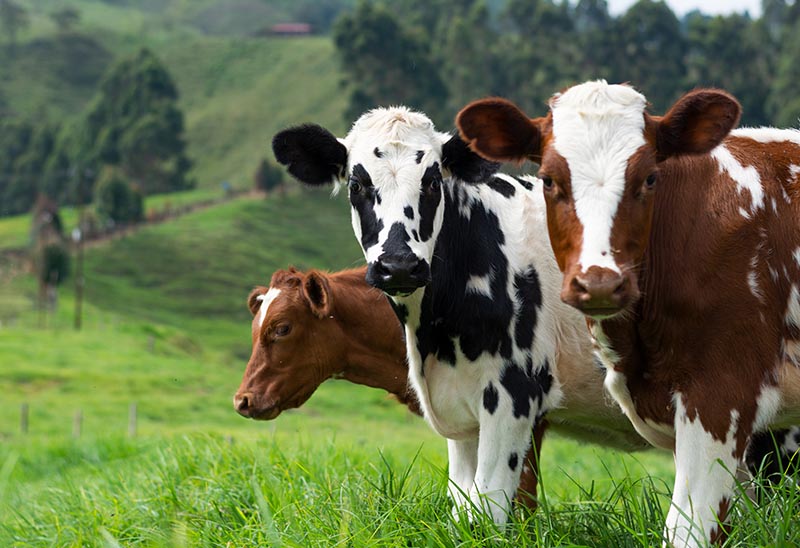
There are two key routes to produce renewable methanol. Bio-methanol can be obtained from biomass and green e-methanol can be made using carbon dioxide (CO2) from renewable sources and hydrogen produced with renewable electricity. Most conventional plants currently generate methanol using natural gas with less than 0.2 million tonnes (Mt) of renewable methanol produced annually, mostly as bio-methanol, according to the 2021 IRENA Innovation Outlook.
The global production capacity of methanol is currently 140 Mt. By 2050, IRENA projects e-methanol production to reach 250 Mt annually and bio-methanol to be 135 Mt.
The shipping industry has claimed first-mover status in the use of methanol as a fuel with several key stakeholders identifying it as a promising alternative marine fuel to reduce GHG emissions. On October 4, 2022, Mitsui & Co. Ltd., Mitsui & Co. Energy Trading Singapore Pte. Ltd., Maersk Oil Trading, a part of A.P Moller – Maersk, and the American Bureau of Shipping announced a joint feasibility study of methanol bunkering logistics in Singapore. The project aims to conduct a ship-to-ship bunkering operation in the first half of 2023.
Maersk has also revealed that it has ordered six large dual-fuel engine ocean-going vessels that can sail on green methanol, for delivery in 2025. This takes its total green methanol vessel order to 19. Despite a CAPEX premium in the range of 8-12%, Maersk believes methanol is the “best scalable green fuel solution for this decade.” Once deployed, the 19 vessels can generate CO2 emissions savings of around 2.3 million tonnes annually.
While new renewable bio and e-methanol project announcements are ever more frequent, challenges in using the organic chemical are widely acknowledged. A major hurdle is securing sufficient quantities of sustainably sourced feedstock.
Formed in 1989, the Methanol Institute is the trade association for the global methanol industry and represents methanol producers, distributors and technology leaders. On October 4, 2022, the association held a virtual event on the critical issue of feedstock acquisition for bio-methanol production. The event featured a panel of experts with broad industry experience in methanol production at a commercial scale.
Michael van Baarle, co-founder and CEO of ABEL Energy provided key findings from a feasibility project in the Australian state of Tasmania. The Bell Bay location was selected for the project due to Tasmania’s (virtually) 100% electricity grid, supported by hydro and wind supply. Renewable power combined with a strong local forestry industry provided an ideal production environment. The feasibility study model comprised a hybrid of e-methanol and bio-methanol production.
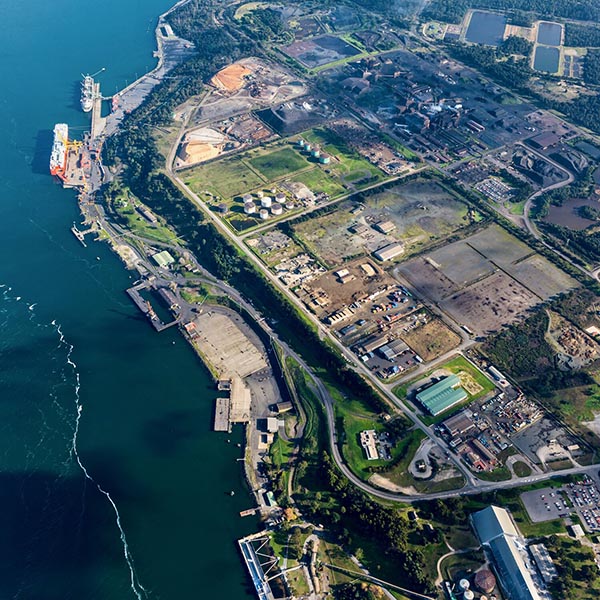
100 megawatts (mW) of electrolysis were used to produce hydrogen and local biomass was sourced from the forestry industry to generate sufficient CO2 through oxyfuel combustion of the biomass, says Baarle. The output for the feasibility study was 75,000 tonnes of green methanol.
ABEL Energy noted that a shift from 100% CO2 as the carbon source to a mix of CO2 and carbon monoxide (CO) improved process efficiency and reduced required hydrogen volumes for the same methanol quantity. Baarle also outlined several guiding principles related to feedstock acquisition employed to maintain the integrity of the project.
The study avoided the temptation of industrial sources of CO2 and only used carbon from the biosphere. However, Baarle believes that scalable renewable methanol production can only be achieved through direct air capture (DAC) of atmospheric CO2. Abel Energy is striving to be an early adopter of this emerging technology and will have a demonstration plant at the Bell Bay location, but, in the immediate term, there is a reliance on biomass. The use of biomass will allow Abel Energy to start green methanol production in 2025 or 2026, says Baarle.
Baarle highlighted the importance of avoiding deforestation or the clearance of natural vegetation. Biomass was acquired using forest residues amid growing competition for residues from the wood pellet industry. The ABEL Energy CEO also reiterated the importance of working with certified plantations through a multitude of schemes including the Forest Stewardship Council (FSC) and Roundtable on Sustainable Biomaterials (RSB).
The collection of forest residues, traditionally left on the forest floor, was the largest challenge—requiring the establishment of a new biomass gathering scheme, says Baarle. He also emphasised the importance of the proximity of project components to avoid moving biomass long distances.
Anaergia is the world’s largest organic waste-to-renewable fuel technology solutions provider. The company converts some of the 2.1 billion tons of global waste generated every year into renewable power, gas fuel, recycles and fertiliser using proprietary technology. Anaergia is focussed on both bio-methanol and e-methanol and is an e-methanol partner to companies building hydrogen plants.
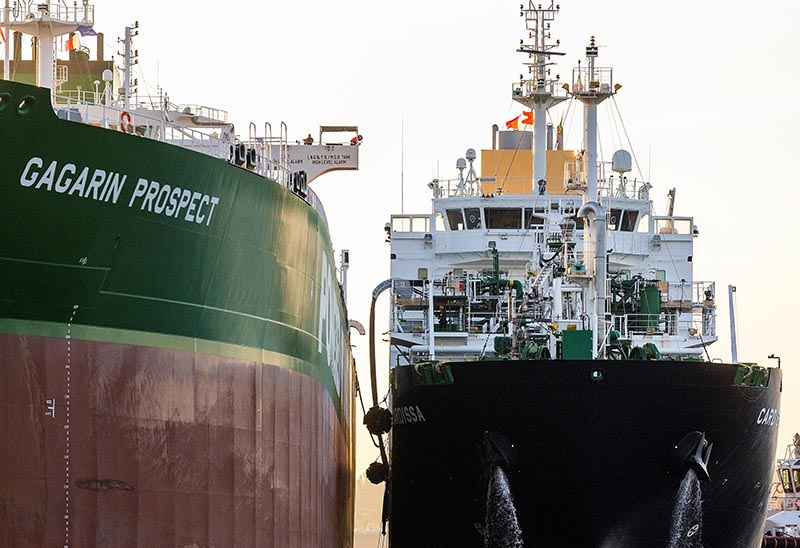
Kunal Shah, chief growth officer (CGO) at Anaergia emphasised three major feedstocks he believes could provide a perennial source of feedstock in a sustainable fuel pathway. Municipal solid waste (MSW), commonly known as trash or garbage, provides the biggest opportunity for growing urbanisation. Anaergia’s Organics Extrusion Press technology (OREX) can unlock the MSW feedstock, says Shah. It can also be used for large-scale contaminated source-separated food waste, he says.
Agricultural waste is the second largest feedstock opportunity, suggests Shah, which includes rice straw, feed straw and animal farm waste. A common practice in Asia and Southeast Asia is stubble burning—intentionally setting fire to the straw stubble that remains after harvesting grains. Shah suggested there is potential to develop two to three large biorefineries across each country in South and Southeast Asia, although he noted issues relating to the collection of straw stubble at scale.
Anaergia is working with the farming community on this opportunity and investigating opportunities to incentivise farmers to provide this waste, such as by providing seeds and fertiliser in return. The company is also looking to transfer rice straw via biogas trucks to complete the lifecycle.
Finally, Shah outlined the prospect of utilising low-productivity lands that do not compete with crops. Vast tracts of lands in Southeast Asia can be utilised for Napier grass production, says Shah. Although consolidation of land is a big problem and regulatory support is required for land consolidation, economics and logistics, he says, especially in developing countries. Anaergia is extremely confident of the do-ability and scalability of waste-to-fuel, with the technology available and already proven.
Enerkem is the first company in the world to produce renewable methanol and ethanol from non-recyclable, non-compostable waste at a commercial scale, says David Zheng, business development manager at Enerkem. Zheng emphasised the importance of feedstock flexibility when developing projects.
So far, Enerkem has successfully tested more than 25 feedstocks and has more than 110 active or pending patents. Feedstock flexibility enables the optimisation of the local waste market and tipping fees, biogenicity, the carbon intensity of the biofuels, targeted market applicable regulations and improves the ease of transformation into biofuels or chemicals, says Zheng. Zheng also noted that the feedstock mix will have an impact on feedstock throughput, biofuel yield and realised biofuel prices.
Enerkem focuses on valorisation. Zheng outlined some of the key drivers of Enerkem’s feedstock decision-making. The calorific value, the amount of heat released by combusting the material, is important and is linked to syngas and product yields. Inerts, the quantity of ashes remaining after combustion, are also considered as a higher inert content will reduce yield.The quantity of water in the feedstock is significant. If moisture is not removed by drying and heat recovery, the yield will be lowered, says Zheng. A low-density feedstock will increase processing costs and reduce the ability to convert CO2 into a product. The percentage of carbon in a feedstock that comes from an organic source (biogenicity content) drives most of the premium price for low carbon fuel and is also a critical consideration, he says.





